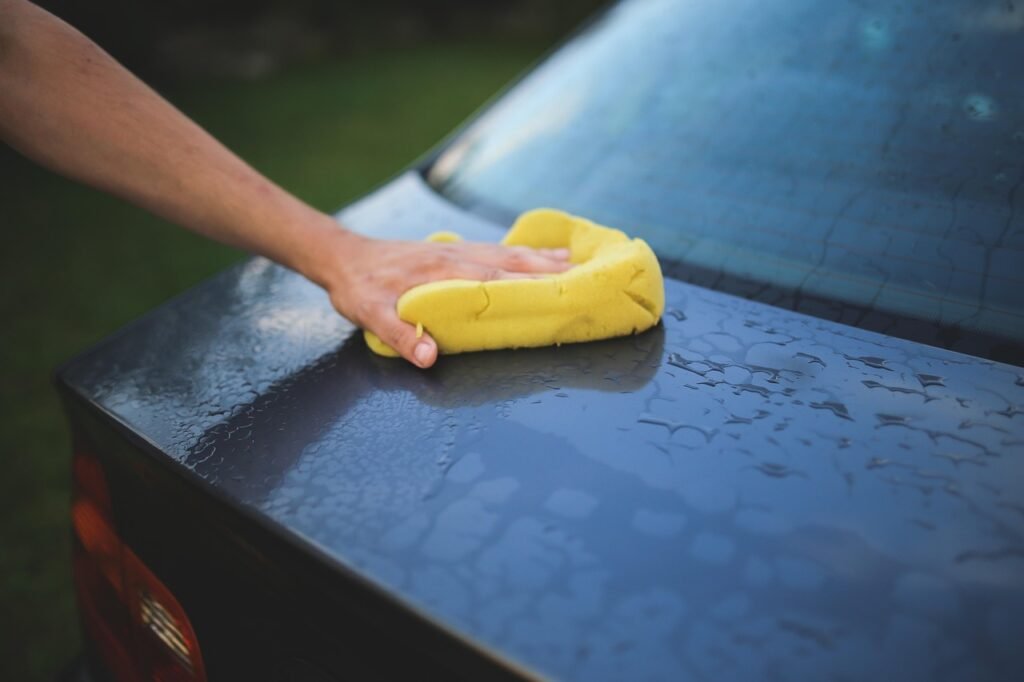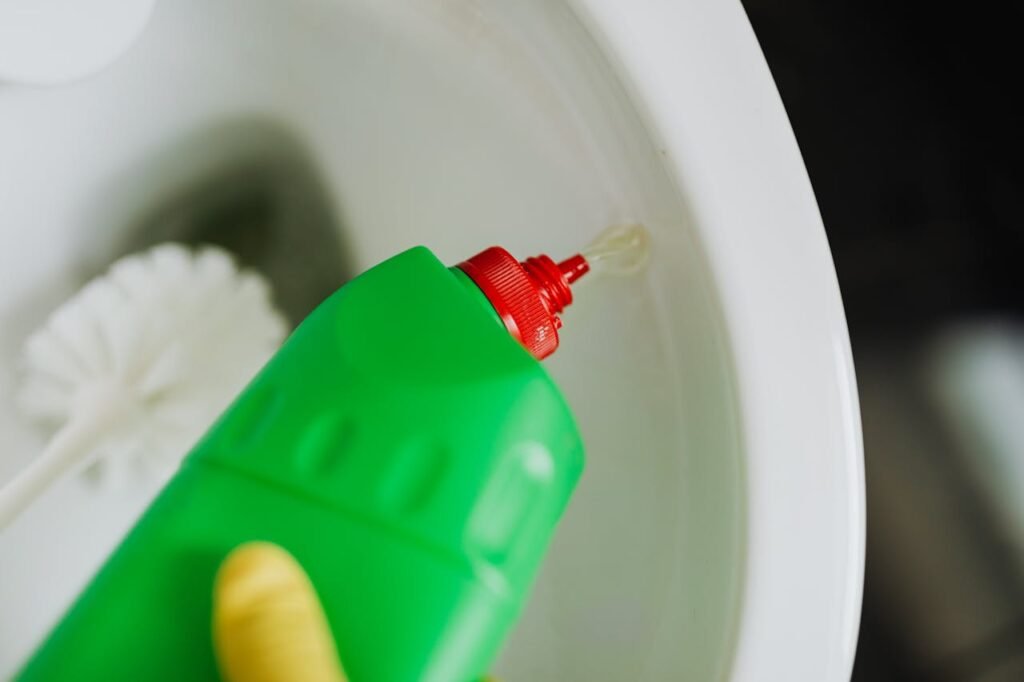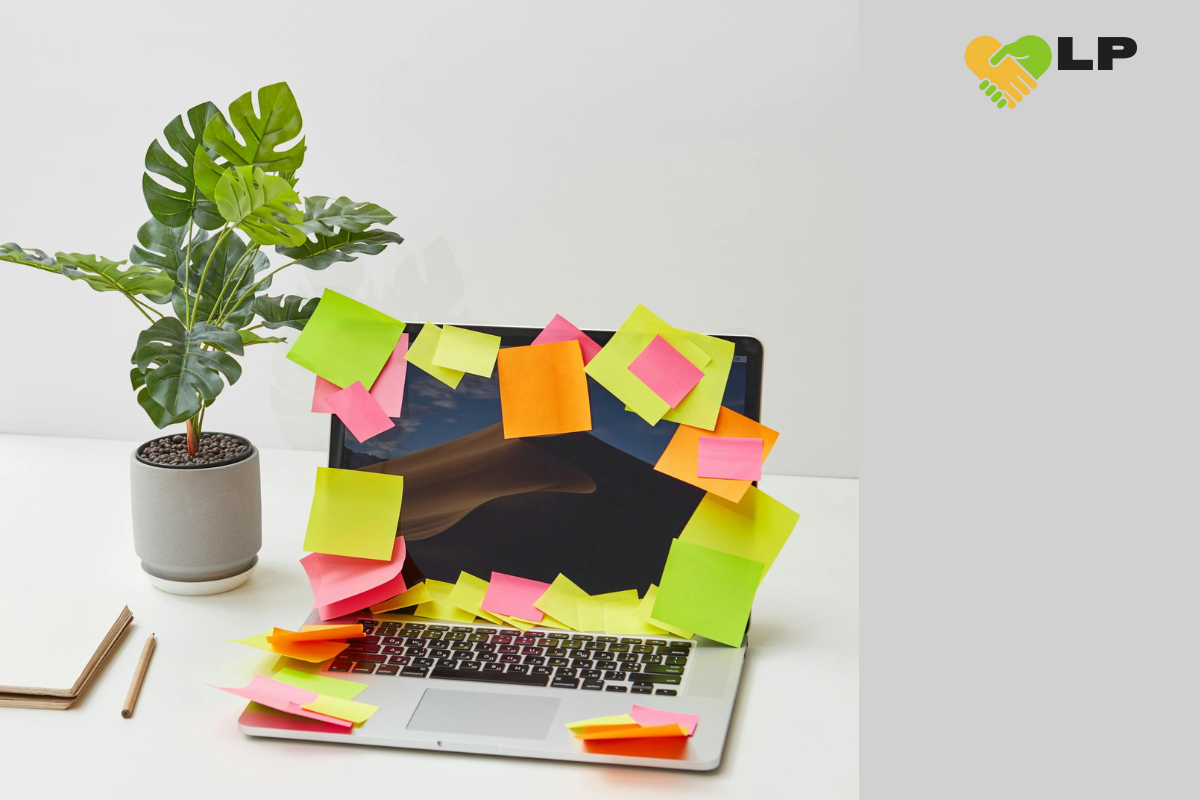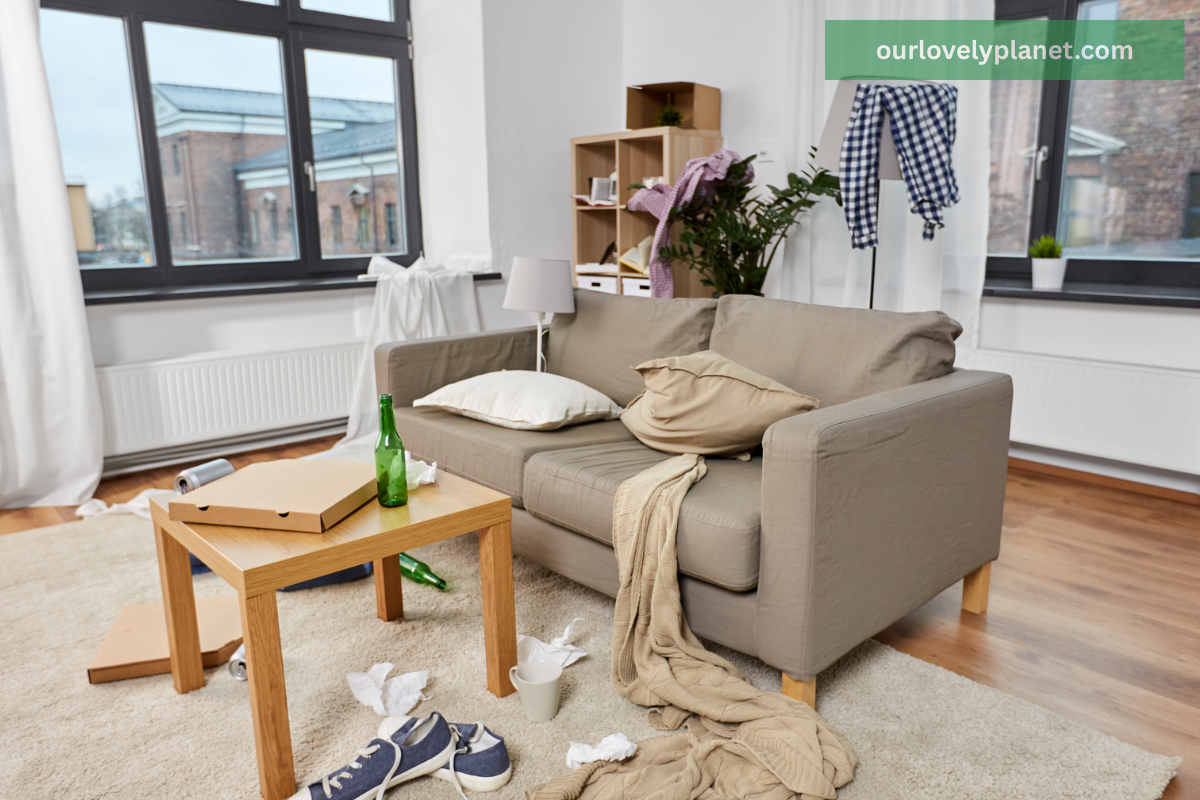It started with a bottle of “Mountain Breeze” cleaner that nearly knocked me out. The scent was so strong, I opened all the windows in the middle of winter. That was the moment I thought—what am I spraying all over my home? I wanted my kitchen clean, not smelling like a synthetic pine forest. So I started wondering: are green cleaning products just a gimmick, or do they actually work?
Like many people, I had a cupboard full of colorful bottles promising a spotless, germ-free world.
But between the overpowering scents, the child-proof caps, and the long list of unpronounceable ingredients, something started to feel… off. I decided to test it for myself.
In this article, I’m walking you through what I learned. From performance to price, from safety to scent, this is my no-fluff breakdown of whether green cleaning products are worth it.
Why I Started Questioning Traditional Cleaners
The shift didn’t happen overnight. It began when I noticed my eyes burning every time I cleaned the bathroom. Then came the headaches. At first, I thought it was stress or lack of sleep.
But one day after scrubbing the tub, I had a migraine so fierce I had to lie down in a dark room. That’s when I started Googling ingredients like “quaternary ammonium compounds” and “sodium hypochlorite.”
According to EPA’s Total Exposure Assessment Methodology (TEAM) studies, indoor air is often 2 to 5 times more polluted than outdoor air, largely because of household cleaning products.
Some ingredients can trigger asthma, skin irritation, or worse. And if you have kids or pets, the risk only multiplies. Suddenly, my lemon-scented bathroom didn’t feel so fresh.
What Makes a Cleaning Product “Green”?
Before switching, I had to learn what to even look for. Turns out, not all products labeled “natural” or “eco” are truly safe. Some are greenwashed — covered in leafy graphics and buzzwords but full of the same harsh chemicals.
So what does make a product green?
- Non-toxic ingredients (like citric acid, vinegar, or plant-based surfactants)
- Biodegradable formulas that break down in nature
- Cruelty-free and vegan (no animal testing or animal-derived ingredients)
- Low-waste packaging, like concentrates or refillable bottles
Look for third-party certifications like:
- EPA Safer Choice
- EWG Verified
- USDA BioPreferred
These labels mean someone besides the brand has checked the safety and environmental impact.
I Tried Both: Here’s What Happened
I did my own test at home: green cleaner vs. my usual go-to. I focused on three spots: the kitchen counters (grease), the bathroom tiles (soap scum), and the windows (streaks).
First up, the kitchen. I used a citrus-scented natural spray on one side and a popular chemical degreaser on the other. To my surprise, the green cleaner cut through the grime just as well — without that eye-watering smell.

In the bathroom, the chemical cleaner slightly outperformed on heavy buildup, but only by a little. And it left behind a strong bleach smell. The green cleaner took a few more swipes, but my lungs didn’t burn, and the finish was great.
For glass, the green cleaner actually won. No streaks, no residue, and no choking on fumes. It was honestly kind of shocking.
The Cost Breakdown
Let’s talk dollars. One of the biggest criticisms of green cleaning products is price. A traditional all-purpose cleaner might cost $3–4. A green one? Sometimes $6–8. At first glance, that’s double.
But here’s what I found: many green cleaners now come in concentrated tablets or refill packs. Brands like Blueland or Grove Co. sell a reusable glass spray bottle and small refill tabs for $2 or less.
Over time, refilling is way cheaper than buying full new bottles. I spent $35 upfront for a set that included multiple cleaners. Six months later, I’ve only spent $12 on refills. My old habit? Easily $60+ in the same time.
And if you DIY? Vinegar, baking soda, and a little lemon go a long way. You can make your own spray for under $1 a bottle.
Health & Environmental Benefits
Let’s not forget why we’re doing this.
Conventional cleaners can release volatile organic compounds (VOCs) that linger in your air. According to the American Lung Association, VOCs can trigger asthma and worsen chronic respiratory issues. One study from 2024 found that frequent use of spray cleaners increases the risk of asthma by 30–50% in adults.
Then there’s the plastic waste. Every new bottle adds to the billions of single-use plastics tossed each year. And when toxic cleaners get washed down the drain, they end up in rivers, harming aquatic life.
Switching to green cleaners reduces your chemical exposure, lowers your waste, and helps protect the environment. That’s a pretty big payoff for a small switch.
So… Are They Worth It?
Here’s my honest verdict: yes, green cleaning products are worth it — if you choose the right ones. Not every brand is equally effective, and some are overpriced. But overall? I was impressed.

They clean well. They cost less over time. And they don’t poison the air you breathe or the water that drains from your sink.
If you’re new to it, start with one or two staples. I recommend a multi-surface spray and a dish soap. Those two alone replaced four bottles under my sink.
Final Thoughts: Green Doesn’t Have to Be Perfect to Be Better
I used to think eco-friendly meant expensive, complicated, or less effective. But what I found was the opposite. Green cleaning is practical, affordable, and surprisingly powerful.
You don’t have to do everything overnight. Start with what matters most to you. Maybe it’s avoiding harsh chemicals, saving money, or reducing waste. Each small choice adds up to a cleaner home and a healthier life.
So next time you run out of your usual spray, pause before you replace it. Because what you clean with matters. And your lungs, your kids, your wallet—and the planet—will thank you.




mwj8a5
Magnificent website. Lots of useful information here. I’m sending it to a few friends ans additionally sharing in delicious. And certainly, thanks on your effort!
I like what you guys are up also. Such intelligent work and reporting! Carry on the excellent works guys I have incorporated you guys to my blogroll. I think it will improve the value of my web site 🙂